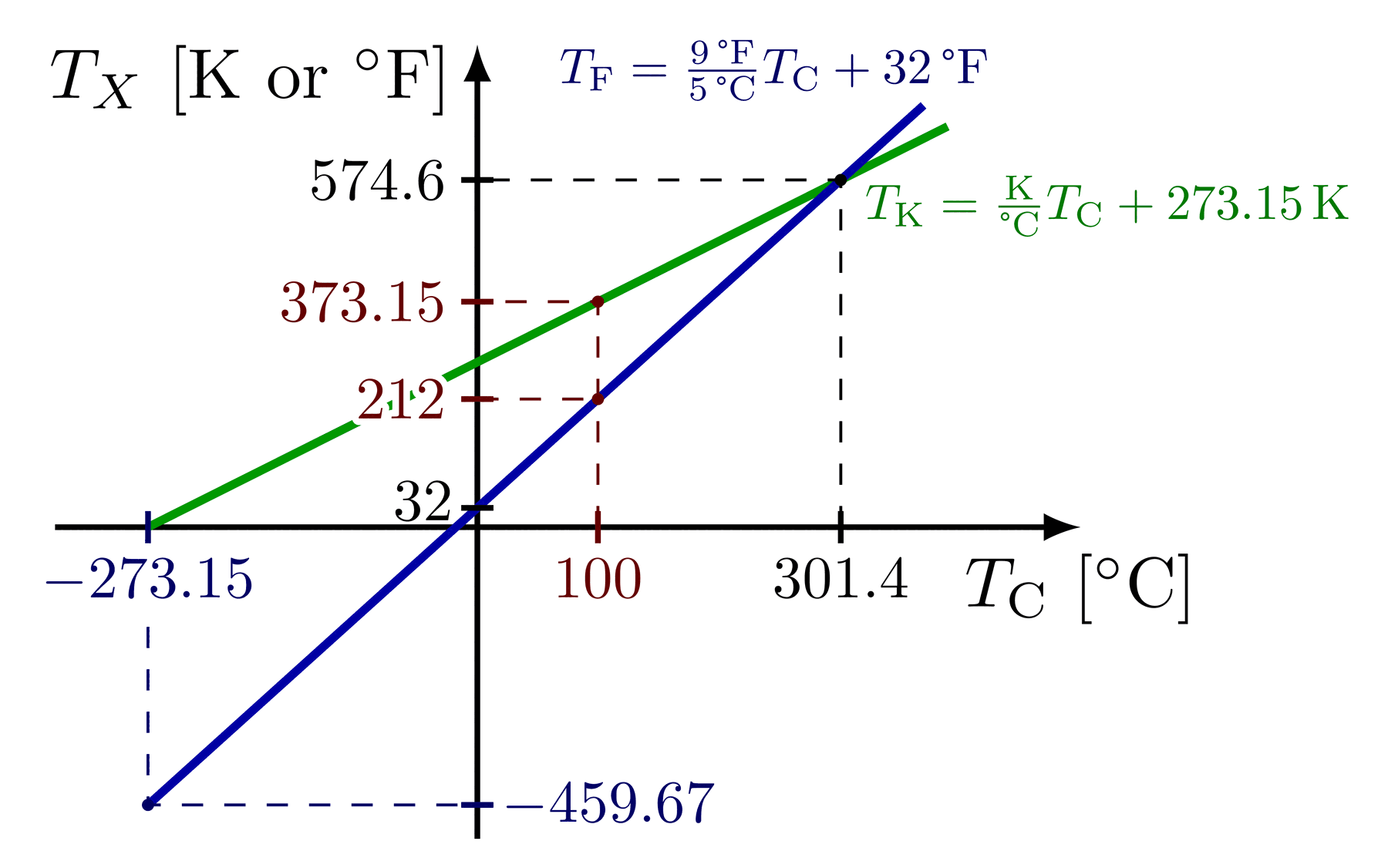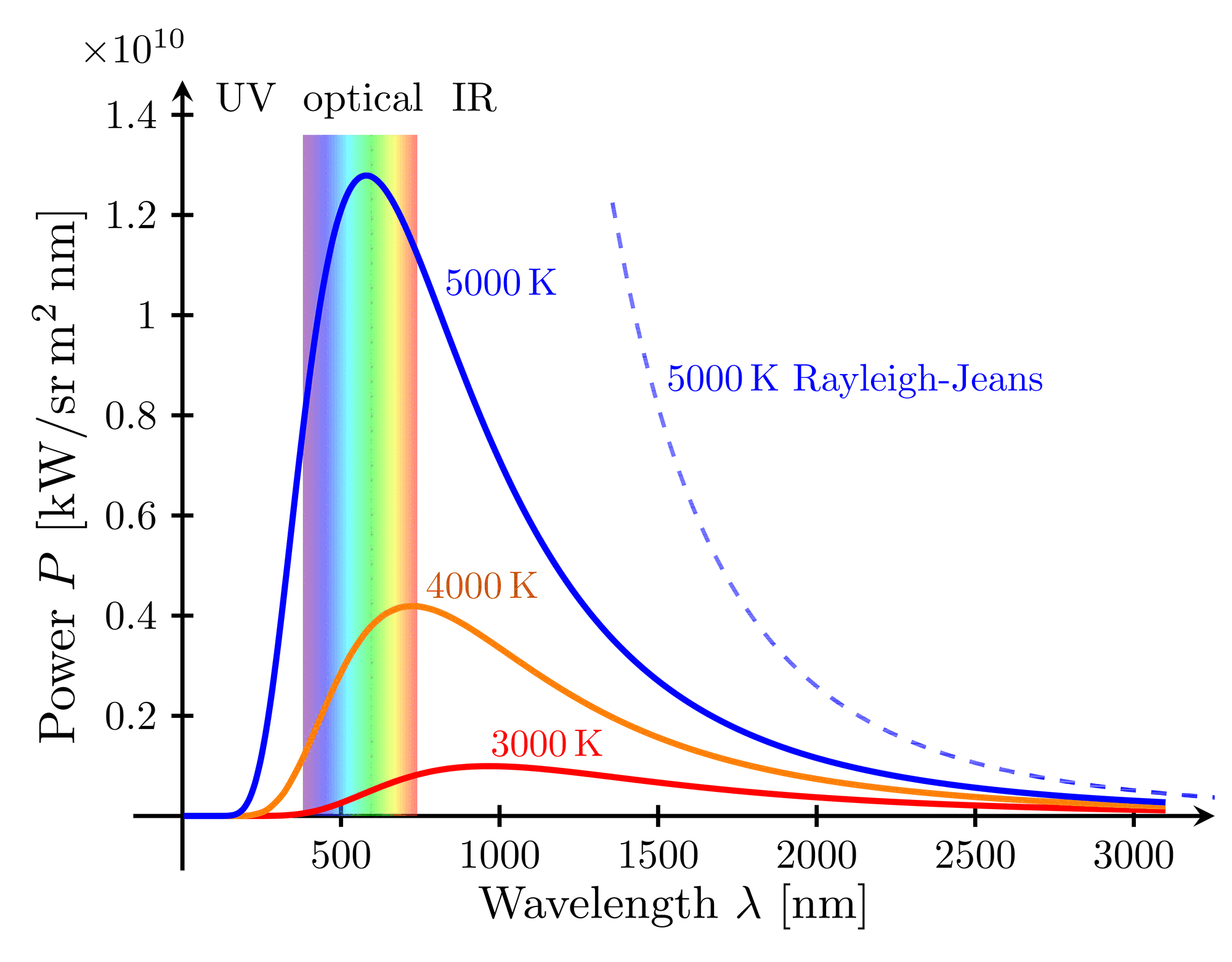Edit and compile if you like:
% Author: Izaak Neutelings (May 2020)\documentclass[border=3pt,tikz]{standalone}\tikzset{>=latex} % for LaTeX arrow head\usepackage{ifthen}\usepackage{xcolor}\usepackage{physics}\usepackage{siunitx}\colorlet{wavecol}{orange!35!black}\colorlet{freqcol}{green!25!black}\colorlet{enercol}{blue!35!black}\pgfdeclareverticalshading{rainbow}{100bp}{color(0bp)=(red); color(25bp)=(red); color(35bp)=(yellow);color(45bp)=(green); color(55bp)=(cyan); color(65bp)=(blue);color(75bp)=(violet); color(100bp)=(violet)}\begin{document}% ELECTROMAGNETIC SPECTRUM\begin{tikzpicture}[xscale=1]\def\h{1}\def\radio{-4}\def\micro{0}\def\IR{3}\def\red{6.10} % log(700e-9) = -6.15490196\def\blue{6.40} % log(400e-9) = -6.39794001\def\UV{6.40}\def\Xray{8}\def\gamm{11}\def\last{12}\def\radiof{-5}\def\dx{0.6}\def\yE{-1.1*\h}\def\tick#1#2#3{\draw[thick,#2] (#1+.08) --++ (0,-.16) node[below=-2pt,scale=1] {\strut #3};}\def\ticka#1#2#3{\draw[thick,#2] (#1+.08) --++ (0,-.16) node[above=2pt,scale=1] {\strut #3};}% MIDDLE
Click to download: electromagnetic_spectrum.tex • electromagnetic_spectrum.pdf
Open in Overleaf: electromagnetic_spectrum.tex







